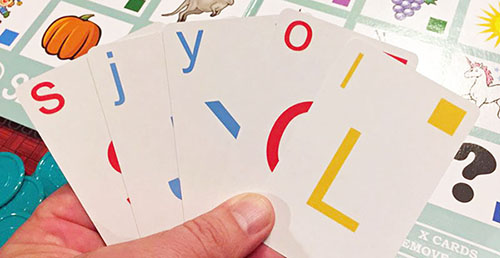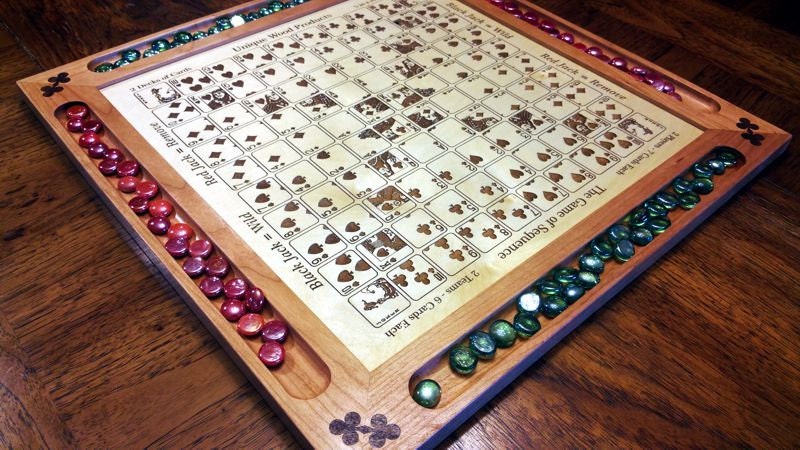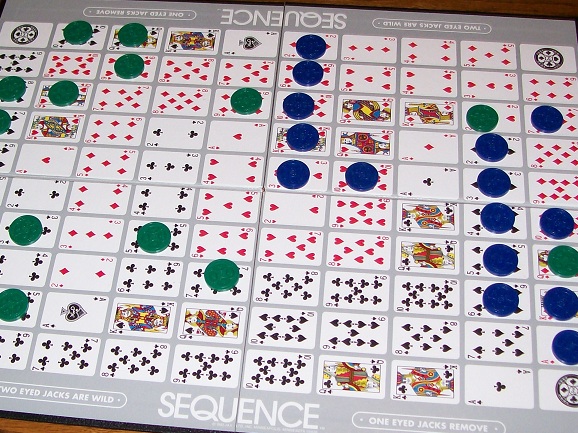

Reclamation Sage and Giant Spider will deal a total of 4 damage to Dwarven Priest, which is enough to destroy it. Remember, the attacking player always chooses the order in which blocking creatures receive damage. When you block one attacker with two or more creatures, your opponent must choose the order in which your blockers will take damage. In this example, Dwarven Priest is attacking, and you have two creatures that can block. In the following examples, an opponent is attacking you with a variety of creatures: If a creature takes damage that isn’t enough to destroy it in a single turn, that creature stays on the battlefield, and the damage wears off at the end of the turn. If a creature is dealt damage equal to or greater than its toughness over the course of a single turn (whether it be combat damage, damage from spells or abilities, or a combination of both), that creature is destroyed, and it goes to its owner’s graveyard (or "dies"). You must assign at least enough damage to the first blocking creature to destroy it before you can assign damage to the second one, and so on.
#SEQUENCE GAME RULES HOW TO#
If one of your attacking creatures is blocked by multiple creatures, you decide how to divide its combat damage among them. If damage is dealt to your opponent, they lose that much life.


If the spell is a creature, artifact, or enchantment, you put the card on the table in front of you. If the spell is an instant or a sorcery, you follow the instructions on the card, and then you put the card into your graveyard. Once a spell has been cast, one of two things happens.
#SEQUENCE GAME RULES PLUS#
For example, if you were casting Serra Angel, which costs, you could tap three basic lands of any type to pay plus two Plains to pay. To cast a spell, you must pay its mana cost (located in the upper right corner of the card) by tapping lands (or other permanents) to make the amount and Game Actions type of mana which that spell requires.

As your turn begins, untap your tapped cards so you can use them again. When a permanent is tapped, you can’t tap it again until it’s been untapped (turned back upright). You do this when you use a land to make mana, when you attack with a creature, or when you activate an ability that has the symbol as part of its cost ( means "tap this permanent"). To tap a card is to turn it sideways to show that it has been used for the turn. This section describes the actions that you’ll take during a game, including tapping your cards, casting spells, and attacking and blocking with creatures in combat. Looking for ways to play? Get started with Magic: The Gathering, and dive into the rules and mechanics, with these great resources!


 0 kommentar(er)
0 kommentar(er)
